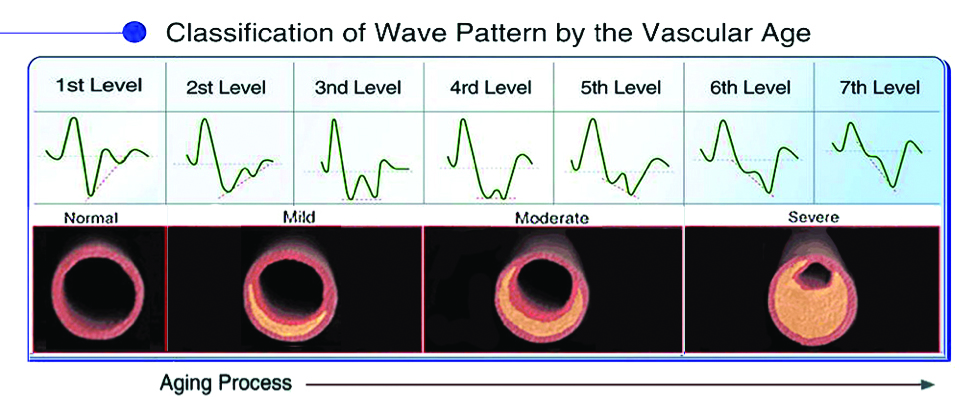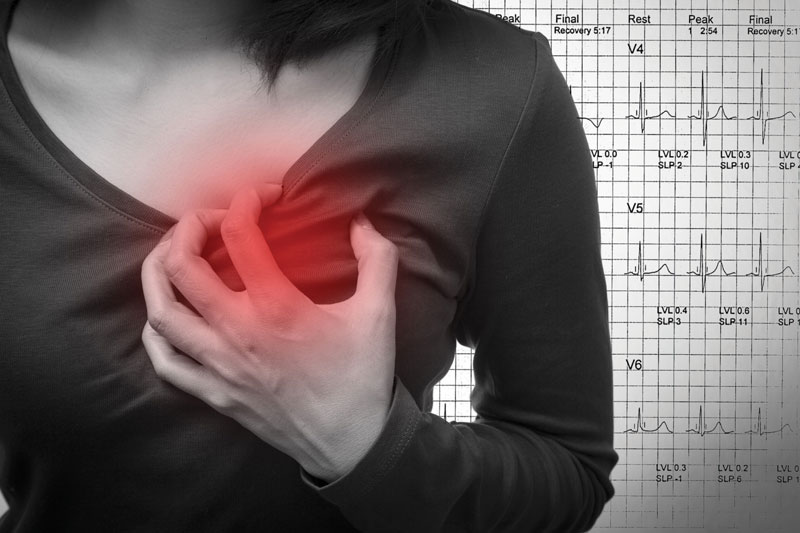There is an old saying: “We don’t know what we don’t know.” This phrase may be far more true than people know. Medicine today has descended into a world of symptom treatments and disease management with far too little attention being paid to early detection of disease risk and prevention. In fact while most women are relying on annual physical and routine medical tests to monitor their health, research shows they have little benefit. Dr. Ateev Mehrotra, from Harvard Medical School and Beth Israel Deaconess Medical Center says, “I don’t see any evidence for having every person see their doctor every year.” Mehrotra wrote an editorial arguing against the annual physical in the New England Journal of Medicine (NEJM). In last month’s (April, 2016) Natural Nutmeg article on heart health, I mentioned that the gold standard for assessing cardiovascular health has also been called into question and may only detect heart disease when there is a blockage of more than 65%. After years of searching for the best screening of risk factors and disease prevention, I have discovered a variety of simple, cost effective methods that can literally save lives through early detection and risk prevention strategies.
Arterial Pulse
The Arterial pulse has been studied in China for over 2500 years. It was first mentioned in the “Internal Medicine Classics, Nei Ching” written by the Yellow Emperor, Huang Ti (698–598 BC). The principal means of diagnosis employed in the Nei Ching was in feeling the arterial pulse. From the pulses, a good practitioner can tell exactly what is happening to the body such as where there are blockages of blood flow to the organs or different tissues and why a particular area may be diseased. But this skill is more of an art, taking decades to perfect and reading ten thousand pulses before gaining accuracy. While I have felt many more than ten thousand pulses in my career, I always look for a technology that could add the solidity of objective testing to my patient experience. What I discovered was a technology called the plethysmograph or Pulse Wave Velocity. Since the leading cause of death in women is heart disease, this tool is an essential in the assessment of cardiovascular risk.
Pulse Wave Velocity
The plethysmograph was first invented in the 1950’s as a means of looking at the velocity of the blood and how it flowed to the arteries (PWV). It was discovered not only that diabetics have a high velocity but that it was also associated with a high degree of risk for cardiovascular disease. But the real story doesn’t begin until the 1990’s when computers brought Pulse Wave velocity to a new level. The ability to record, in real time, the movement of the blood through the vessels gave an exceptional look at the cardiovascular system and how the blood is moving. The benefits of this early identification of risk cannot be overstated. It is in these early stages that natural solutions can be crafted to change the course of your future health.
The plethysmograph and system I use was FDA approved and developed as a screening tool for cardiovascular risk. Fortunately, it never took off in the conventional settings and we now have it available to help guide women to real prevention strategies. It uses a simple clip that goes onto the finger and emits a harmless LED light that is picked up by the blood in your finger and then evaluated by a small sensor on the opposite side of the finger. It gives us specific information including: early diagnosis on arteriosclerosis, high blood pressure, peripheral circulatory disturbances, blood circulation and blood vessel aging status. In other words, it can tell whether your blood vessels are the same age as your physical age.
A good example would be a patient we have seen who was a 40-year-old ex-smoker. Her vessel aging status was 55 meaning that while she was only 40, she had the blood vessels of a 55-year-old woman. This is not good and meant we had to remove toxins from her, restore the damaged cells and revitalize her heart. The other common observation that I have had is when we screen women who are medicated with hypertension or cholesterol drugs. The report often shows that they are at high risk of disease even though the numbers are “normal”. Often, hormonal imbalances such as estrogen dominance will create stiffness in the vessels and increased aging status. The outcome of our treatments is then healthy aging not accelerated dysfunction.
The fact is, looking at blood pressure and cholesterol or even a stress test is not enough to prevent disease. By the time those tests change, the damage has already been done. By using an existing screening tool like Pulse Wave Velocity, you can see

what’s changing so that you can take charge and turn it around. I have had good success with acupuncture, supplements such as CoQ10 and L-Arginine as well as herbal therapies that include hawthorne, ginger and turmeric. By combining the best of natural medicine with cutting edge technologies you can avoid the surprise of discovering diseases that have no symptoms. Early detection and regaining balance is the true essence of health.
Kenneth R Hoffman, D.Ac, L.Ac CCH is the medical director for Sophia Natural Health Center with locations in Brookfield and Malborough CT. Sophia Natural Health is one of the largest integrative medical centers on the East Coast and has served thousands of patients. His approach to medicine is to bridge ancient traditional healing with modern medical science and provide patients with individual care that focuses on the core of wellness. He co-author of the book “Essential Remedies for Women’s Health” and host of the radio talk show “The Natural Medicine Connection” on 800 am WLAD. For more information, call SOPHIA Natural Health Center in Brookfield, CT 203-740-9300 or visit www.inm.center.
